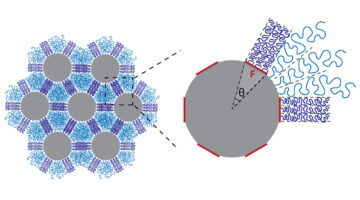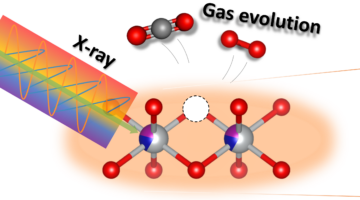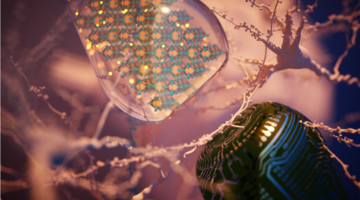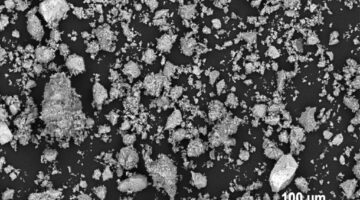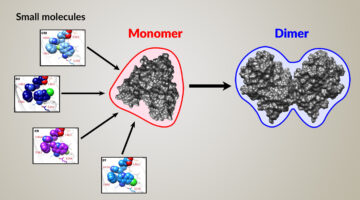A new study led by researchers at Berkeley Lab outlines a way to engineer pseudo-bonds in materials. Instead of forming chemical bonds, which is what makes epoxies and other composites so tough, the chains of molecules entangle in a way that is fully reversible. Read more »
Reaction Mechanism of Commercial Lithium-Ion Battery Cathodes
Researchers used soft x-ray resonant inelastic x-ray scattering at the ALS to understand the role of aluminum doping in improving the stability of commercially used cathode materials for lithium-ion batteries. Read more »
Mind-Blowing Materials: Mimicking Neurons for Faster Computing
Researchers used x-ray absorption spectroscopy and resonant inelastic x-ray scattering at the ALS to uncover the atomic-level mechanism of conductance switching for a neuromorphic material that has the potential for energy-efficient computing. Read more »
Native American Interns Explore Engineering Opportunities at the Lab
This last summer, Berkeley Lab hosted three students from Navajo Technical University in a DOE-funded initiative that partners national labs with learning institutions whose populations are historically underrepresented in science. The goal is to increase enrollment of Native American students in Navajo Tech engineering programs. Read more »
Manganese Cathodes Could Boost Lithium-ion Batteries
Rechargeable lithium-ion batteries are used in mobile devices, electric vehicles, and energy storage systems. But supplies of nickel and cobalt, commonly used in the cathodes of these batteries, are limited. New research opens up a potential low-cost, safe alternative in manganese, the fifth most abundant metal in the Earth’s crust. Read more »
Time-Resolved SAXS Screen of Small-Molecule Drug Candidates
Time-resolved, high-throughput, small-angle x-ray scattering improved the screening of small-molecule drug candidates, providing insight into how they stimulate structural transitions in protein targets. The work will speed the discovery of treatments designed to activate biomolecular dynamics associated with desired therapeutic outcomes. Read more »![]()
![]()
A Novel Staircase Pattern in Spin-Stripe Periodicity
Striped patterns of spins in a magnetic thin film were found to evolve under an applied magnetic field in steps reminiscent of a structure known as the “Devil’s Staircase.” Such studies are valuable for understanding competing interactions at the atomic level for applications such as magnetic sensors and spintronic devices. Read more »![]()
![]()
